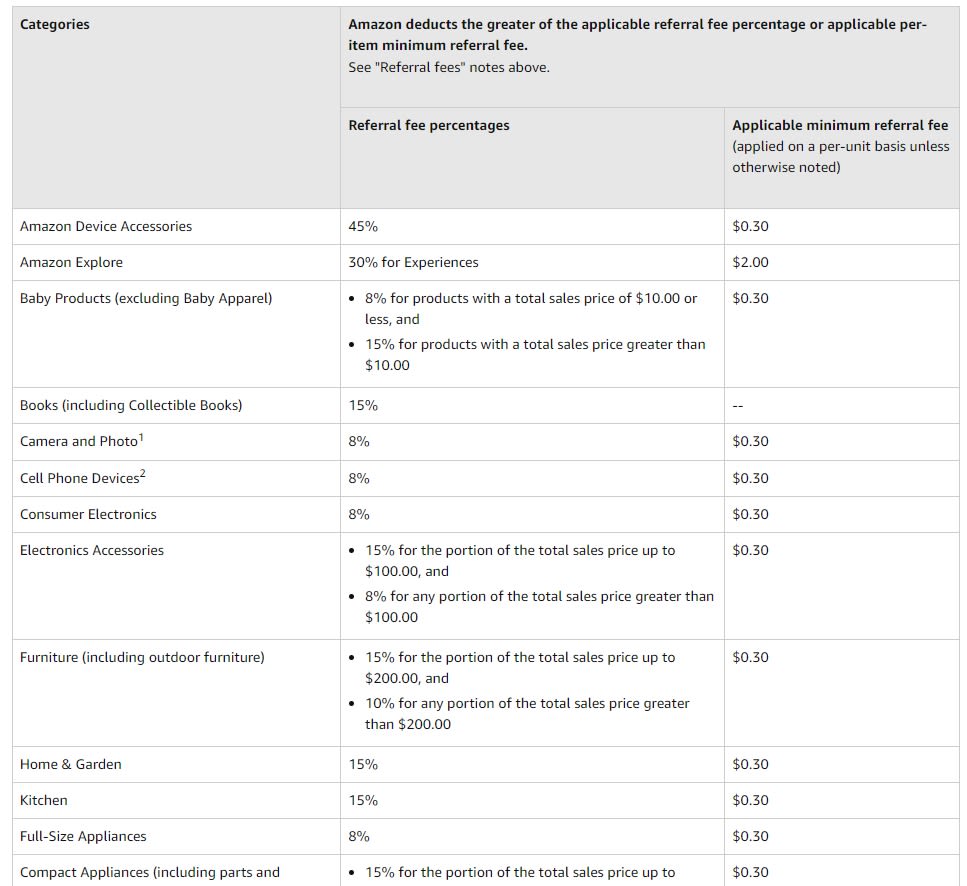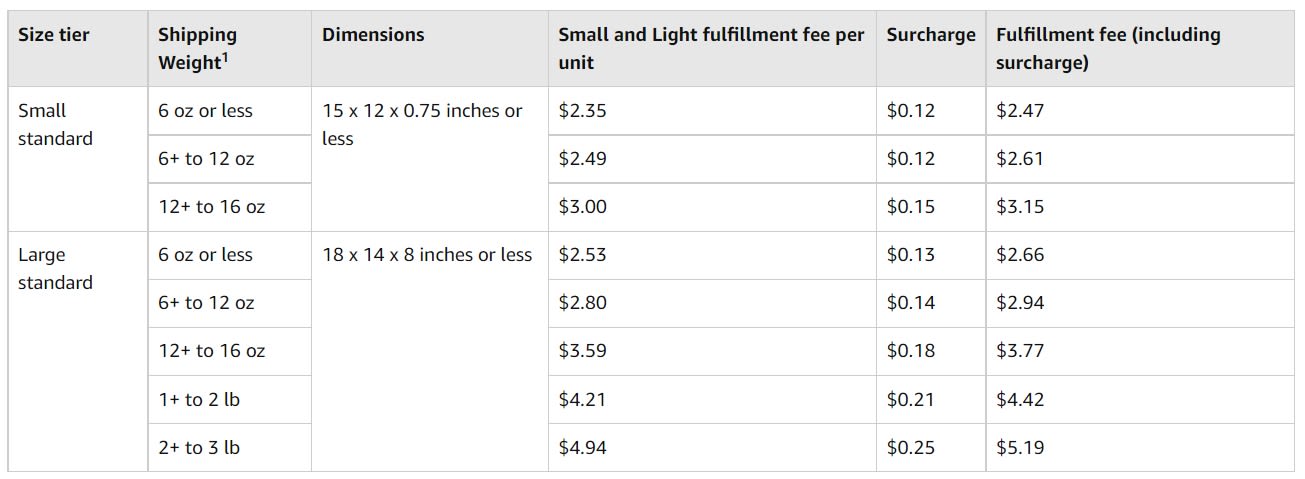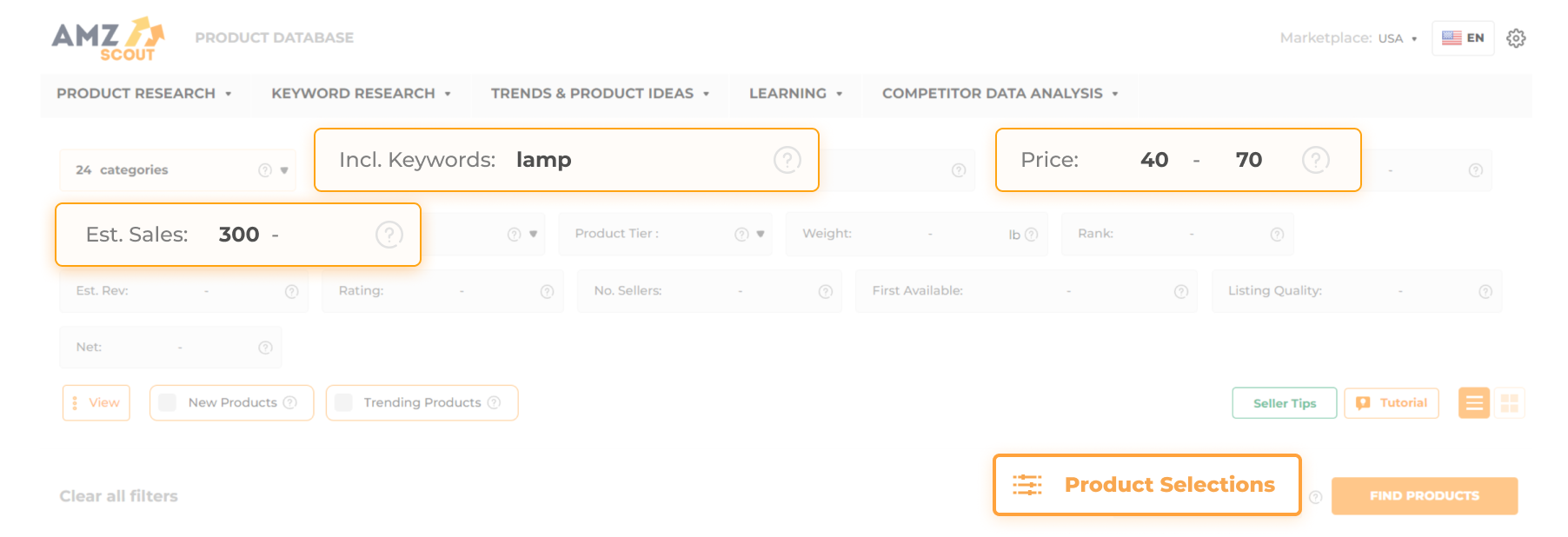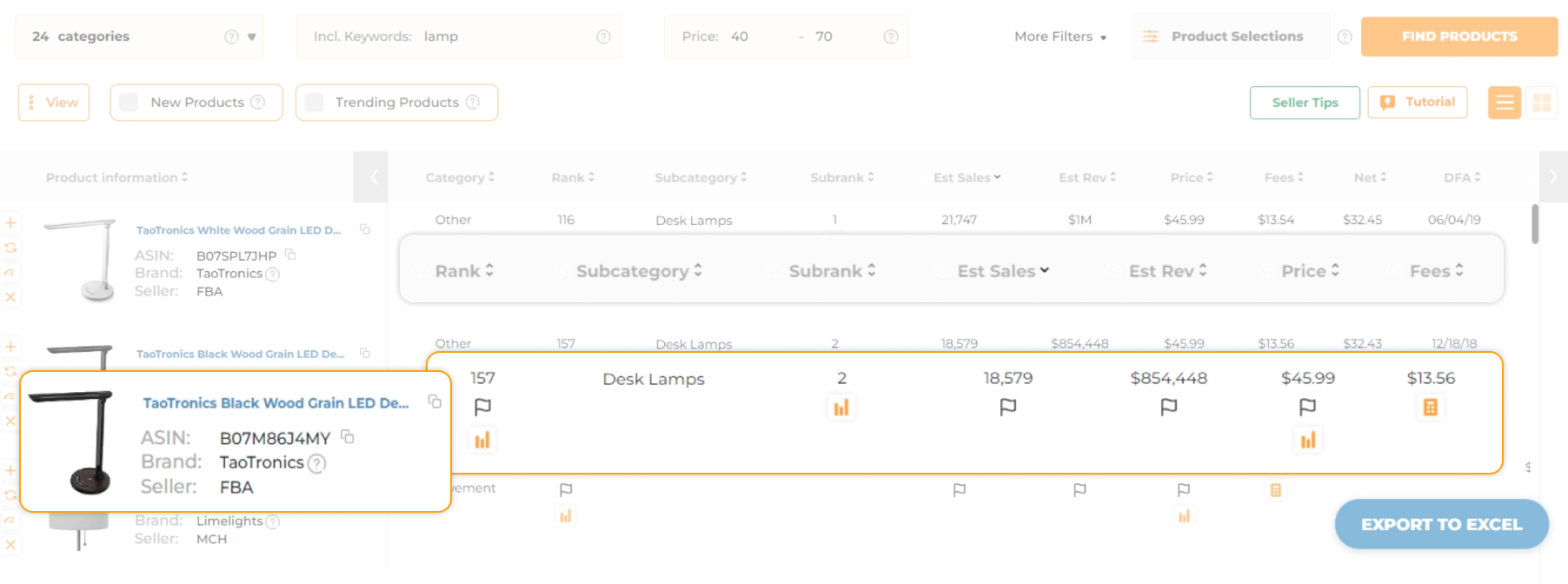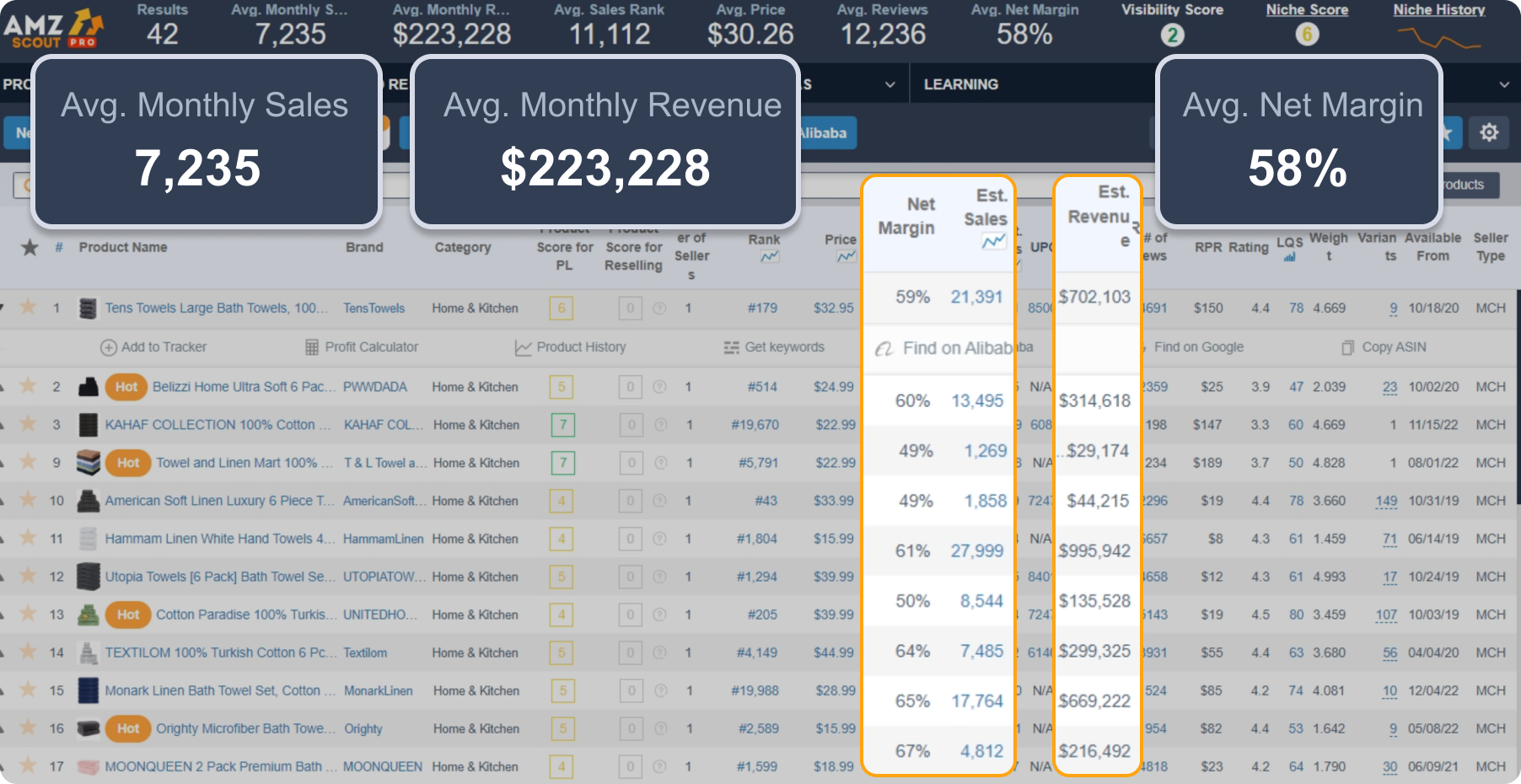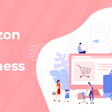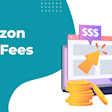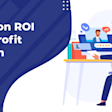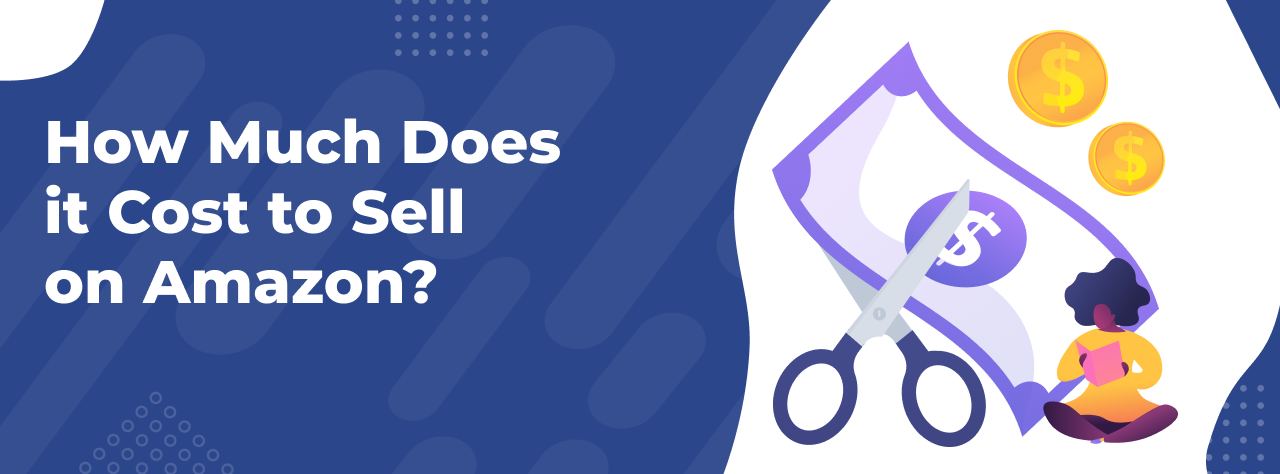
How Much Does It Cost to Sell on Amazon in 2025
Before you sell on Amazon, it’s essential to know how much it will cost. The online marketplace is a great way to generate income but there are a variety of fees and other costs you must be aware of if you want to be profitable
Table of contents
In this post, we’ll answer the question of how much does it cost to sell on Amazon so that you can know what you’ll need to start your business.
Main Costs of Selling on Amazon
So how much does Amazon take from sellers? The exact amount depends on several factors including your order fulfillment, the types of products that you sell, and what kind of Amazon seller account you sign up for. Let’s take a look at the main costs you’ll need to pay Amazon when selling on their marketplace:
1. Account Fees
The first Amazon costs you’ll have to pay are the account fees. The nature of these fees varies based on your type of seller account. There are two kinds of Amazon seller accounts; Individual and Professional.
Individual
As the name suggests, Individual seller accounts are designed for people selling on a small scale or as an individual. These accounts don’t have any monthly or annual subscription fees. However, with this type of account, Amazon will charge an additional $0.99 fee for each item that you sell.
Professional
Professional seller accounts are for those looking to sell more products. There is a $39.99 monthly fee required for a Professional account, however, this account doesn’t have the additional $0.99 fee per unit sold. This means that if you sell over 40 products a month, the Professional plan is more cost-effective.
2. Referral Fees
Amazon charges a referral fee for each order. Think of it as a commission that amounts to a predetermined percentage of the total sales price. The exact rate of the fee is based on the product category for the item(s) sold. For example, if a customer purchased one of your items in the books category, Amazon would take 15% plus a $1.80 fee from the sale. Below, you can see the category referral fees for different niches:
*data current as of June 2022
3. FBA Fees
Fulfilled by Amazon (FBA) is a logistics service in which Amazon handles storing and delivering your products. The service comes with many advantages including Prime deliveries, increased Buy Box exposure, and reduced operational burden for your business. Unfortunately, Amazon can’t store and ship millions of items for free so the program does come with a cost. There are two main types of FBA fees you’ll need to pay; Fulfillment fees and Storage fees.
Fulfillment
With Amazon FBA, you’ll pay an order fulfillment fee for each product sold. This is to cover the cost of picking, packing, and shipping your products. It also covers the cost of Amazon providing customer service and processing returns.
How much does Amazon charge for fulfillment fees? The per-unit fee is based on the weights and dimensions of the product. There are also different rates for apparel and non-apparel products.
*data current as of June 2022
Additionally, Amazon has a category of fulfillment fees named Small and Light. This offers sellers reduced fulfillment costs for items that meet certain size and weight standards.
*data current as of June 2022
Storage
When you use FBA, Amazon charges monthly inventory storage fees. These are based on the average daily volume of space that your items take up in their fulfillment centers. So, the more products you have sitting in their warehouses, the more you’ll have to pay.
Calculating FBA Fees
A product’s FBA fees have a big impact on its overall profit margins. If a product has a high fulfillment and storage cost relative to its sales price, it will have lower margins, making it harder to be profitable with that item.
As such, you want to know a product’s FBA fees before you go through the trouble of sourcing it and listing it on Amazon. Fortunately, this isn’t hard as you can quickly check a product’s FBA fees using the Profit Calculator in the AMZScout PRO Extension.
Here’s how to do it:
Go to the product’s Amazon listing.
Click the AMZScout icon. This will open the extension showing detailed sales metrics for it and other related products.
Open the Profit Calculator. Click the row for the product you’re analyzing to open a new toolbar. Select Profit Calculator to see the item’s storage, fulfillment, and referral fees.
4. PPC Costs
The final cost you need to pay to Amazon is pay-per-click (PPC) advertising fees. When you first start selling, PPC is a necessity. You won’t have an established product listing to drive organic traffic, so you’ll need to advertise your products to get your first customers.
With Amazon Ads, you are charged each time someone clicks on one of your ads. Ultimately how much you need to spend on PPC will depend on your industry. The average cost-per-click (CPC) needed to get visitors is based on the bids of others in the market. So, the more competitive and valuable a market is, the more you’ll need to pay per click.
Your PPC costs will also depend on how successful your campaigns are. If you convert a higher number of your clicks into customers, you’ll need to pay for fewer of them to get sales. This makes it important to have a high-quality product that customers want. You can also benefit from understanding the keywords customers use so you can better optimize your listings for conversions.
Costs of Selling
The next cost of selling on Amazon is the selling cost of running your business. This includes everything you’ll need to pay to source your products before listing them for sale. The total you can expect to pay will vary wildly based on your sales model. Below we will look at the cost to start selling for different Amazon business models:
Dropshipping
Dropshipping is a business model in which you have suppliers ship products directly to individual customers. It is attractive to new sellers as you don’t have to worry about order fulfillment. And because you don’t have to purchase products before you sell them, the dropshipping model has no initial selling costs.
However, keep in mind that while you can start selling without cost, you’ll need to pay the supplier for a product before they send it to the customer. Because Amazon only disburses proceeds once every two weeks, you should plan to have some cash on hand to acquire any items that customers purchase. This way, they’re not waiting around for you to order the products from your supplier.
Online and Retail Arbitrage
Arbitrage sales methods involve buying products from a retailer (either online or in-person) and then listing them on Amazon. The strategy is to find items that are sold for lower prices through other markets to be able to sell them on Amazon for profit. Arbitrage products can have lower margins but it’s an easy way to start selling in-demand products with a strong historical performance.
With these methods, you’ll need to pay for your goods before you begin selling them. As a benchmark, look to spend $100 and upwards to get your first set of items. This will give you enough items to stay in stock during your initial launch, while not overinvesting funds that could go to advertising your products.
Private Label
With Private label selling, you partner with a manufacturer to produce a unique item for your brand. Understandably, this is the most involved selling method but it can come with great reward as you get a product specifically for your business.
Before they offer custom branding and private label items, many suppliers will require you to get a sizable number of products upfront. Because of this, you should plan to have some capital on hand to design and purchase your first products. As a benchmark, look to pay $1,000 to start selling private label products on Amazon.
Wholesale
With a wholesale sales strategy, you buy products in bulk from a supplier or directly from a brand. You then list the products for reselling on Amazon. By purchasing the products in bulk, you’ll get the items below retail price, allowing you to sell them for a profit.
Because this method requires you to source a lot of products upfront, it tends to have a high starting capital requirement. Look to spend around $3,000 and upwards to start selling wholesale products on Amazon. This will allow you to purchase a large quantity to get the best prices per unit.
Hidden Costs
Account and fulfillment fees are obvious when you see them come out of your seller balance. However, there are some selling costs that are often forgotten about by new Amazon sellers. Here are some of the hidden costs to sell something on Amazon.
1. Returns
It’s important not to overlook the cost that returns and refunded orders can have on your business. The average return rate for Amazon items is generally between 5% and 15% of all orders. When a customer returns an item, it is often not in the condition to be sold again as new. This means that in addition to having the order refunded, you lose the original cost of the item that you can no longer sell.
Be aware that some categories like consumer electronics have much higher return rates. The main reason is the complexity of the products and the difficulty in adequately meeting the customer’s needs. This is why we recommend selling simpler products to start. It is easier to source a high-quality item and you’ll experience fewer returns cutting into your profits.
2. Your Time
Another hidden cost is your time. Your time has value and each moment you spend working on your Amazon business is a moment you could spend doing something else. As such, it’s important to consider how much time you’ll need to spend launching and managing your business. The time it takes to start your business should be viewed as a cost and you want to reduce it as much as possible.
How to Reduce Your Expenses
While there is no escaping Amazon’s fees, there are ways to reduce the overall cost of selling on the marketplace. One of the most effective ways to reduce your expenses is to find the best products and cut down on the amount of time it takes to do so. You can achieve this by using product research software.
Amazon research software like AMZScout provides detailed analytics into Amazon products so that you can understand an item inside and out before you begin selling it. With a product research tool, you can learn everything from a product’s sales history to its size, weight, and resulting fulfillment fees.
Because the tools increase your chances of success, they also reduce the likelihood you’ll need to invest your time and money to find new products because a previous one failed. Below, we’ll outline the steps you can use to quickly find good product ideas using different AMZScout tools:
1. Online Arbitrage and Dropshipping Extension
The Online Arbitrage and Dropshipping extension is a helpful tool for finding good stuff to resell through the arbitrage and dropshipping sourcing methods. Once you download the extension, a new interface will appear on Amazon listings for you to analyze products straight from the marketplace. Here’s how you can use it to find good resell items:
Download the Online Arbitrage and Dropshipping extension.
Search Amazon for potential products. After you download the extension, Amazon.com will automatically open in a new tab. Start your product research by entering something into the search bar or navigating to a category or Best Sellers page.
Analyze interesting products. When you find an interesting product, click it to go to the product listing.
Check for ideal reselling criteria. On the product page, the widget will tell you whether the product is private-label or if it is in a gated category. It will also tell you if an item has hazardous materials.
Check for Prime Delivery. If you plan on dropshipping your items, you’ll want to look to see if the product has Prime shipping. The widget will tell you if it does.
Calculate your profit. Use the built-in calculator to check your profit margins. Enter your costs, fees, and desired sales price and the tool will automatically calculate profit margin and ROI.
2. Product Database
The AMZScout Product Database is a comprehensive archive of hundreds of millions of Amazon products. It includes important data for each item including its estimated sales, reviews, fees, and more. Here is how to use the tool to accelerate your product research.
1. Open the Product Database. If you’re a new user, you’ll see a prompt to start a free trial. You can sign up with just your name and email.
2. Search for potential products. Use the search filters to find new product ideas. You can filter by a wide range of variables including sales, size, category, and listing quality. For example, if you only want items with high sales you can set a sales filter with a minimum of 300. If you want to save more time, you can start by using one of the pre-made Product Selections filter sets.
3. Review the results. Look at the results to find good products that meet your criteria. You can quickly sort the data table for any of the columns and you can save interesting items to the Product Tracker.
3. PRO Extension
The AMZScout PRO Extension is a powerful browser add-on that lets you perform extensive product research directly on Amazon. It includes all the data from the Product Database, plus additional metrics for you to further assess the viability of products and their niche at large. Let’s look at how to use the extension.
1. Download the PRO Extension. If you’re new, you’ll be asked to start a free trial. Enter your email address to get started.
2. Look for products on Amazon. Enter something into the search bar or navigate to a category or Best Sellers page. Alternatively, if you’ve already done some research using one of the other tools, you can go straight to one of the products you’ve been looking at.
3. Open the PRO Extension. Click the AMZScout symbol in the lower corner of the screen to open the tool.
4. Review the data. After the tool loads, you’ll see detailed metrics for the product and niche. Start by looking at the niche metrics at the top of the screen to get an idea of the average performance for products in the category. For more analysis on the category, click the Niche Score to see a complete breakdown of the niche’s viability.
5. Research individual products. After you review the niche, dive into the data table to find high-performing products. Look for items with the highest sales and net margins. You can also search for other criteria that are important to you. For example, if you want a product with less competition, you can look at the average rating and number of reviews to find items with weak competitors.
Conclusion
Overall, the cost of selling on Amazon isn’t too high. That said, you should be prepared for the costs if you want to be successful. Something as simple as forecasting your fulfillment fees in advance can make a world of difference. By following the steps in this guide, you can find winning products while saving your business’ most valuable resource. Time.

